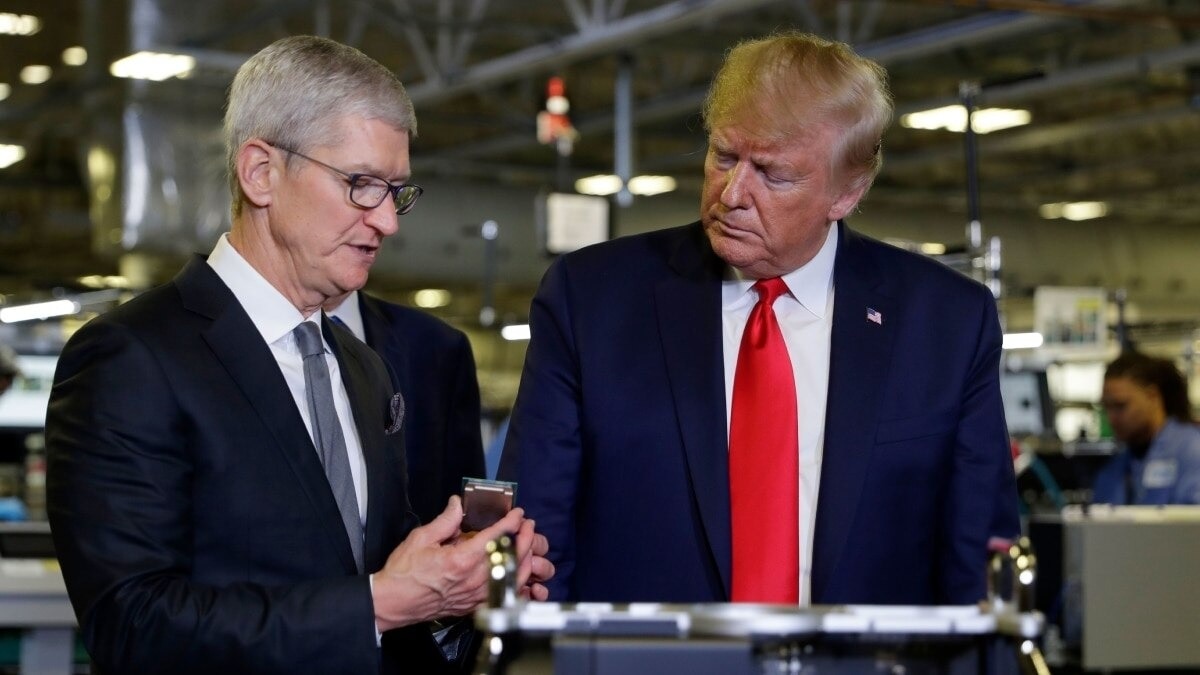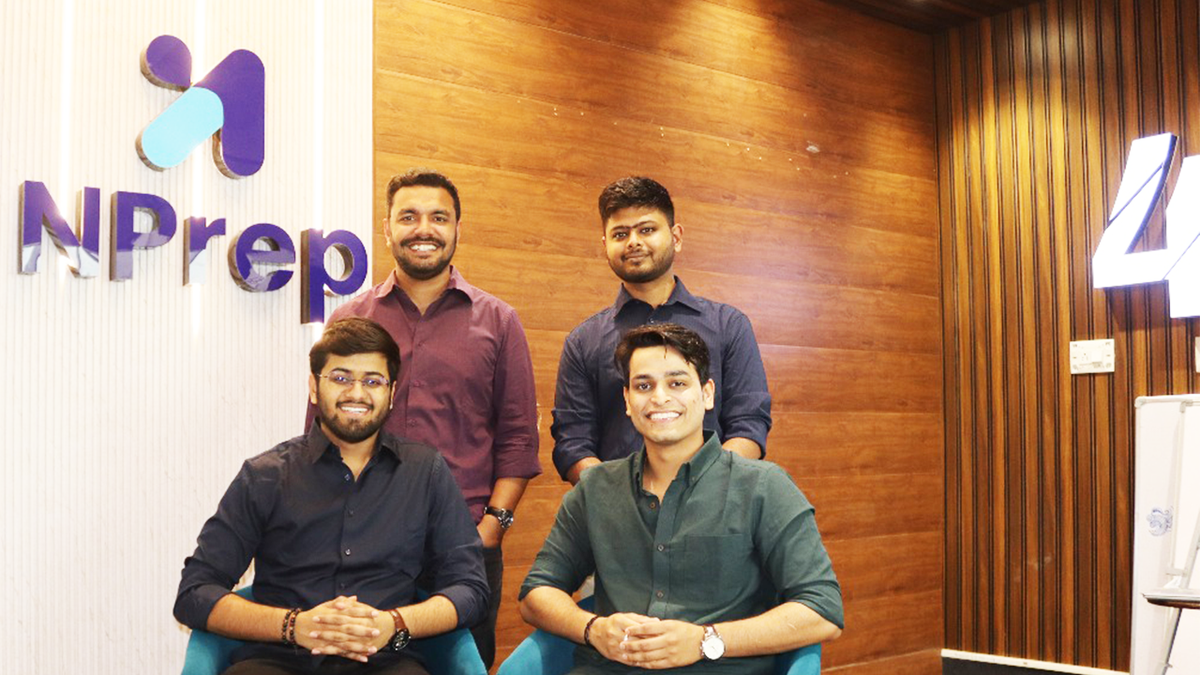Digital Platforms Revolutionising Financial Decisions in India
A recent study sponsored by Meta and carried out by Ipsos indicates that digital platforms, especially those belonging to Meta, are increasingly integral in how Indian consumers seek, assess, and purchase financial products.
Study Overview: From Feeds to Financial Futures
The report, titled “From Feeds to Financial Futures,” involved over 2,000 participants aged 25 to 45 from major Indian cities like Delhi, Mumbai, Bengaluru, and Kolkata. The results highlight that digital content, short-form videos, and messaging applications are now critical in financial decision-making, particularly among younger, digitally savvy consumers.
Key Findings on Digital Touchpoints
According to the study, six out of eight stages in the financial product purchasing journey are connected to digital platforms, with Meta’s services contributing to half of these stages. Notable statistics include:
- 81% of consumers engaged with Meta platforms during the discovery phase of their financial journey.
- 79% relied on these platforms for evaluating products.
- 83% made their purchasing decisions using Meta services.
This influence spans several categories, including loans, investments, insurance, and savings.
Social Media as a Tool for Financial Literacy
Platforms like Instagram and Facebook are increasingly regarded as essential resources for financial knowledge, with 57% of respondents depending on Instagram and 53% on Facebook to guide their decisions. The use of Reels and short-form content featuring creators and influencers has proven to be effective in clarifying complicated financial topics.
WhatsApp’s Role in Financial Decisions
WhatsApp has emerged as a significant platform in this area. Half of the participants utilised the app during the evaluation phase, while 44% and 48% engaged with it during the discovery and purchase phases respectively. On average, those looking for financial services spend about 56 minutes on WhatsApp.
Trust Dynamics in Financial Decision-Making
The study also highlights a change in consumer trust dynamics. While traditional financial authority figures remain influential, a significant 75% of respondents trust financial podcasts, and 67% turn to influencers and subject matter experts, showcasing a growing preference for authenticity and relatability.
Women’s Growing Financial Independence
Shweta Bajpai, Director for Financial Services at Meta India, commented that the trajectory of financial planning is transforming swiftly due to digital platforms. The study underscores the increasing financial autonomy of women, with nearly 80% of female participants declaring they make financial choices independently. Moreover, women reported more significant engagement on Instagram and WhatsApp compared to men.
Opportunities for Financial Brands
The report concludes that with financial decision-making leaning toward a digital-first approach, there are novel opportunities for financial brands and marketers to connect with audiences through content, community engagement, and conversational commerce.









